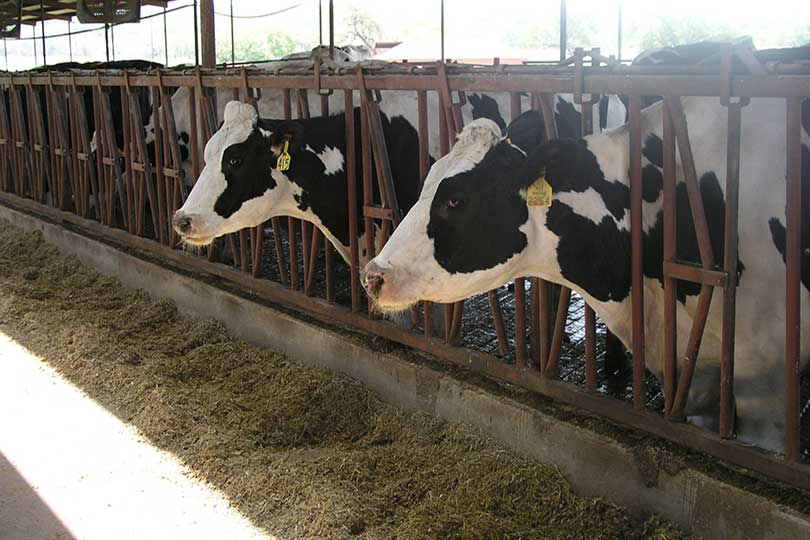The U.S. Department of Agriculture (USDA) plans to purchase $20 million of cheddar cheese to reduce a private cheese surplus that has reached record levels. Cheese deliveries to food banks and other food assistance recipients are expected to occur beginning March 2017.
The agency’s offer comes as the dairy market has steadily dropped over the last two years due to low world market prices, increased milk supplies and inventories and slower demand. That’s led to a 35 percent drop in dairy revenues over the past two years.
Section 32 of the Agriculture Act of 1935 authorizes USDA to purchase surplus food to benefit food banks and families in need through its nutrition assistance programs.
“America’s farming families are being called on to demonstrate their world-famous resourcefulness and resilience in the face of this current market downturn, and USDA is making use of every tool that we have to help them,” Vilsack said. “For dairy farmers, this has included $11.2 million in payments in August through the Dairy Margin Protection Program (MPP), in addition to the surplus purchase offers. While our analysis predicts the market will improve for these hardworking men and women, reducing the surplus can give them extra reassurance while also filling demand at food banks and other organizations that help our nation’s families in need.”
The National Milk Producers Federation (NMPF) welcomed the assistance.
“We continue to look at ways to address the challenging economic situation facing dairy farmers and are appreciative of USDA’s efforts to improve the effectiveness of the dairy Margin Protection Program established in the 2014 farm bill,” NMPF President and Chief Executive Officer Jim Mulhern said. “Further changes are needed to improve the program as an effective safety net, but such changes go beyond the authority granted to USDA by Congress. We will continue working with congressional leaders to seek improvements to MPP.”
Farmers at other points in the supply chain are also receiving a boost, with more than $7 billion in Agriculture Risk Coverage and Price Loss Coverage payments made for the 2015 crop year, according to Vilsack.
“As always, we continue to watch market conditions and will explore opportunities for further assistance in the coming months. For producers challenged by weather, disease and falling revenue, we will continue to ensure the availability of a strong safety net to keep them farming or ranching,” Vilsack said.


When are they going to purchase wheat or milo to help the grain farmers.